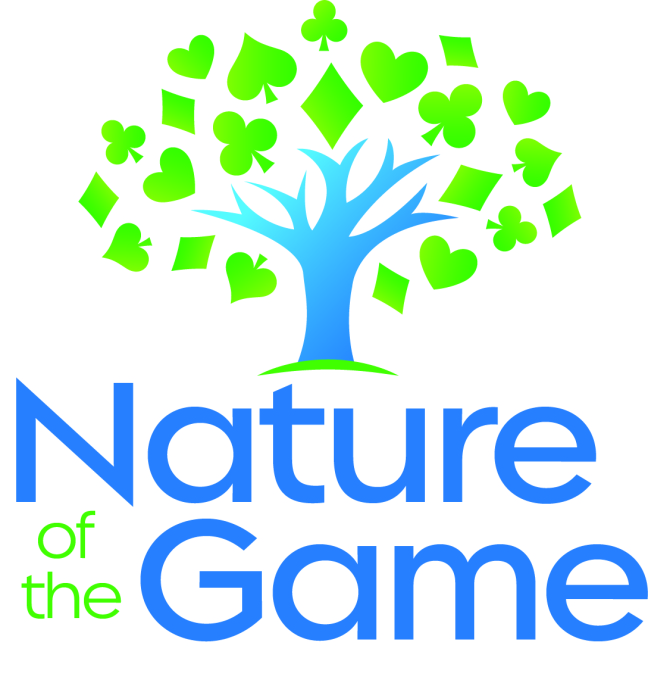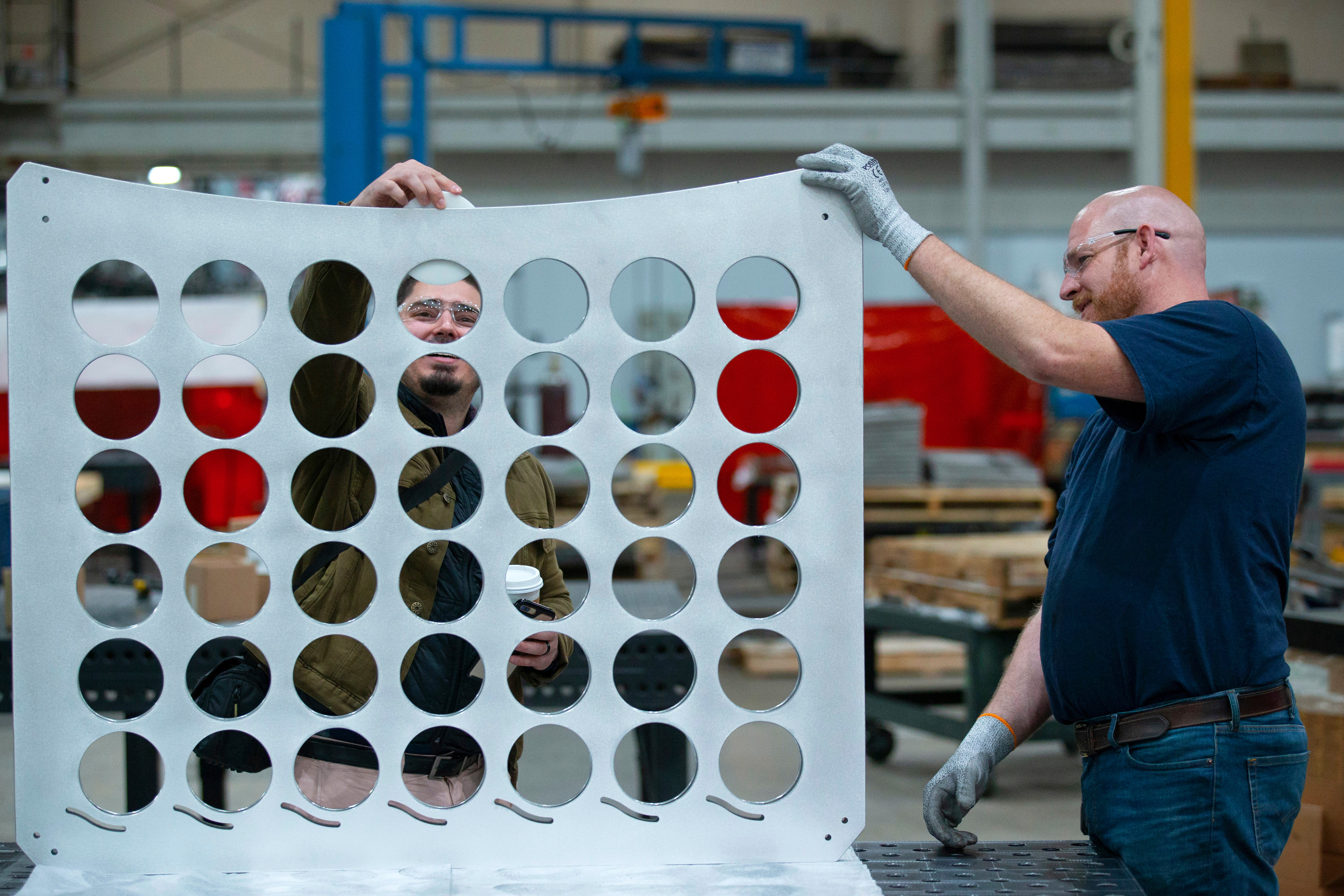
Architecture lecturer Reinaldo Correa, left, uses "Connect Food," an interactive design being manufactured at Quality Manufacturing Corporation in Des Moines. At right is Paul Jurgensen of Quality Manufacturing Corporation. Photo by Christopher Gannon. Larger image.
AMES, Iowa — Find your favorite toys and lawn games at Reiman Gardens this year – each with an artistic and ecological twist.
The Nature of the Game exhibit is part of Reiman Gardens’ overarching theme for 2019: Toys and Games. Eight larger-than-life toys and games, designed by Iowa State University faculty, alumni, students and Reiman Gardens staff, will be on display throughout the gardens starting Saturday, April 27.
“It’s almost revolutionary as far as exhibits go,” said Ed Lyon, director of Reiman Gardens.
That’s because public gardens typically seek out large exhibits that they can bring to their gardens to attract visitors. Reiman Gardens is reversing that tradition by enlisting the help of Reinaldo Correa, lecturer in architecture, and the College of Design’s Institute for Design Research and Outreach to design the larger-than-life and interactive “Nature of the Game” exhibit. After this year, the exhibit will then go on the road, leased out to different venues.
Architecture, industrial design and mechanical engineering students and structural engineering alumni teamed up with Correa to plan the exhibit, working closely with Reiman Gardens staff to bring their vision to life.
“The mission is to educate people about the beauty of nature,” said Aaron Steil, assistant director of Reiman Gardens. “The artistic and ecological elements deepen this exhibit to be more meaningful and impactful.”
The eight pieces are (see renderings below):
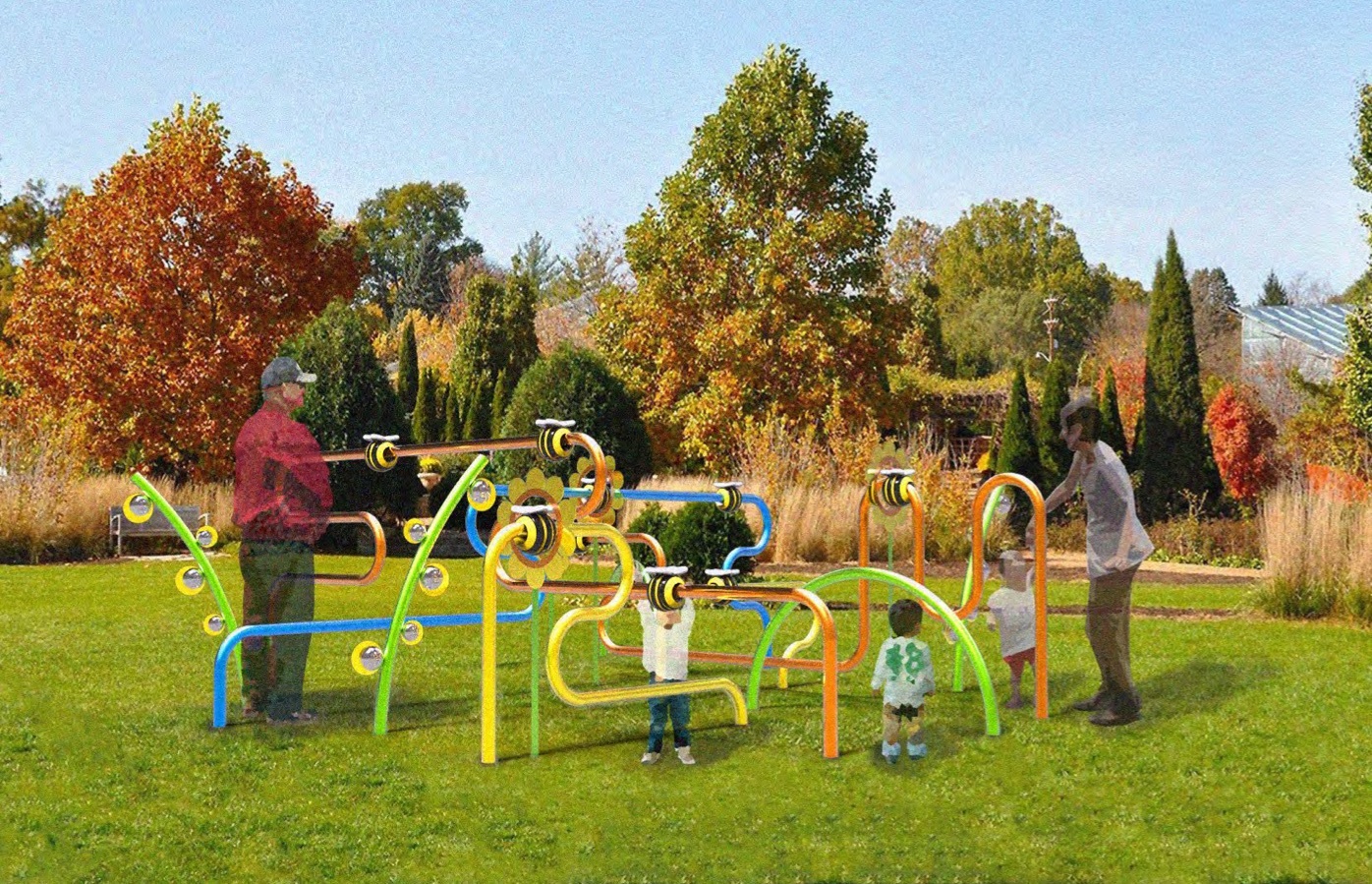
BEEs Maze. All renderings provided by
Reinaldo Correa. Larger image.
- Scavenger Hunt: Inspired by “I Spy,” five works of art represent five biomes in the United States, giving visitors an opportunity to look closely at each to learn more about plants and animals in each biome. “These five sculptures will be spread throughout the entire garden, allowing the viewer to engage in the act of learning while exploring,” Correa said.
- Morphing Morphology: This cryptex (a vault used to hide secret messages) allows visitors to turn five wheels to line up the various parts of eight different trees found in North America.
- Photosynthesize: Visitors will work together to move a ball through this maze to learn about the six required elements to complete the cycle of photosynthesis. The maze form was inspired by the veins of a maple tree leaf.
- Food Web Chess: This larger-than-life chess match has a twist. Each piece represents an animal or plant from different parts of the food chain: grey fox is the king, red-tailed hawk is the queen, painted turtle is the bishop, praying mantis is the knight, stink bug is the rook and dandelions and clovers are the pawns. Visitors will be able to identify each piece as each one will have the original chess symbol on top and name on the bottom.
- Cause and Effect: This double-sided sliding tile puzzle demonstrates the cause and effect of wetlands and pollution. As a visitor unscrambles one side, he or she will scramble the other, demonstrating the connections between different biomes and their threats.
- Consequence: This game, inspired by KerPlunk, shows humans’ impact on the environment. Each ball has a relief pattern of a different endangered plant species, and each pole is engraved with negative human actions. As someone removes each pole, the balls tumble down, demonstrating the repercussions of human decisions for the environment.
- BEEs Maze: Inspired by the bead mazes found in waiting rooms of doctor’s offices, this game teaches visitors about the importance of bees and pollination as each 3D-printed bee can be pushed through a flower. The maze will involve the whole family as some portions are designed to encourage parents to interact with their young children.
- Connect Food: This large game inspired by “Connect Four” will demonstrate the life cycles of a butterfly and a moth.
In addition to these eight pieces, Reiman Gardens staff are creating three more pieces in-house: giant dice, a fan of cards with photo-op face cut-outs and a playhouse shaped like a speed cube.
Twelve different fabricators in Iowa and Ohio, together with Correa’s team, are working to finalize each piece in time for the grand opening on April 27.
“Some people diminish art and see it just as an amenity,” Correa said. “But in my experience, it really brings people together. This is an opportunity to join families and friends and allow them to enjoy each other’s company in laughter and play.”
Traditional exhibits encourage visitors to look and learn. Steil says the interactive nature of Nature of the Game, and the fact the games are designed to be “never solved,” will make this exhibit stand out on a national scale.
“Giant lawn games are not unknown to public parks and gardens,” Lyon said. “But we wanted to take it a step further. From a national public gardens perspective, this exhibit will make an impact.”
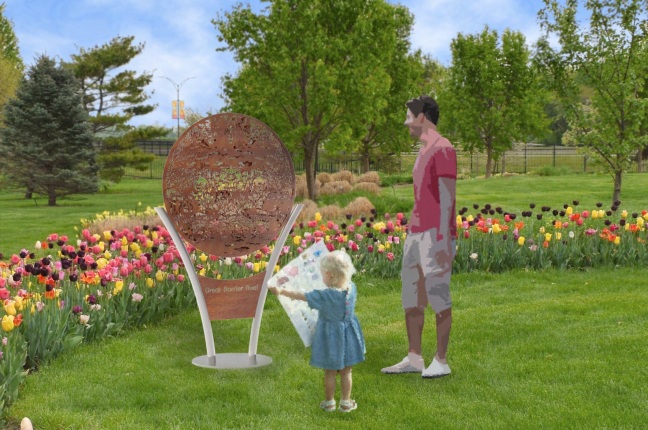
Scavenger Hunt. Larger image. |
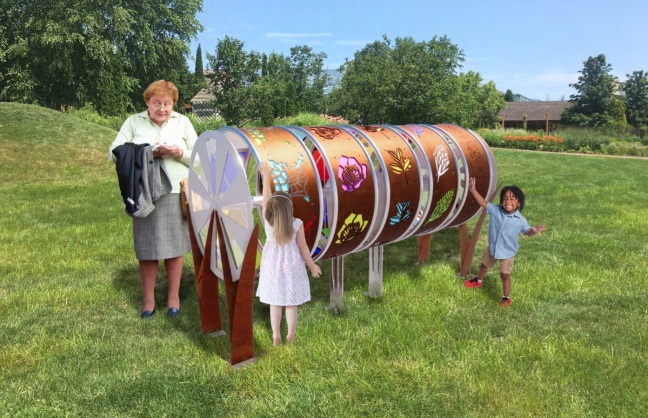
Morphing Morphology. Larger image. |
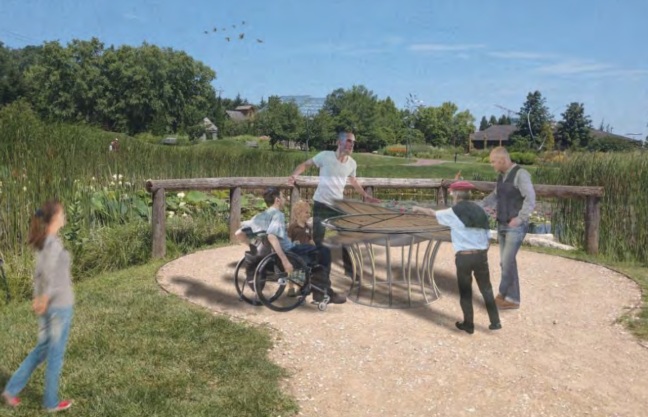
Photosynthesize. Larger image. |
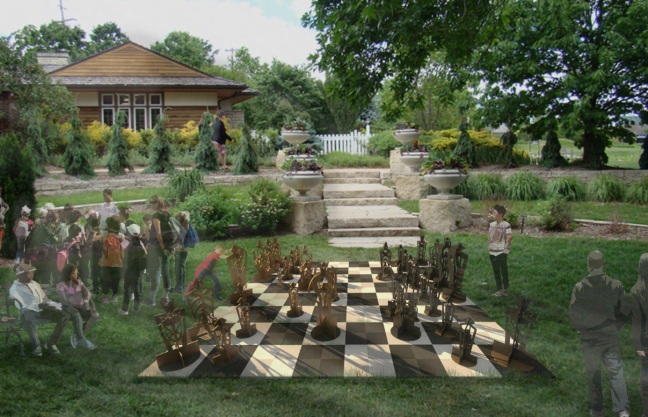
Food Web Chess. Larger image. |
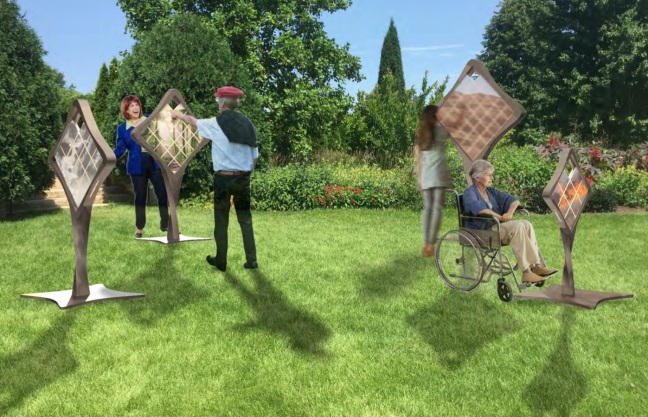
Cause and Effect. Larger image. |
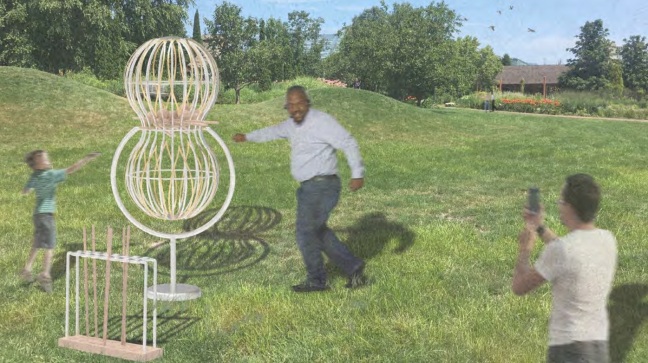
Consequence. Larger image. |
